Methionine hydroxy analog studied at Hagerman Fish Culture Experiment Station in Idaho
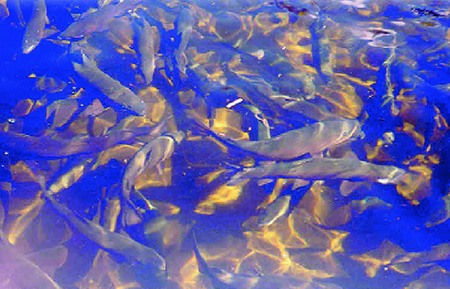
The production of commercial feeds for carnivorous fish has traditionally required large amounts of fishmeal as the major source of dietary protein. In rainbow trout diets, for example, fishmeal amounts typically range 30 to 50 percent.
Fishmeal production from capture fisheries has been more or less stable over the past decade, except in El Niño years, when production decreased. When global fishmeal production declines and prices increase, feed manufacturers turn to less-expensive plant protein sources such as soybean meal, which is abundant, inexpensive, and more sustainable than fishmeal.
The substitution of soybean meal in fish feeds is limited by its levels of lysine and methionine. Most soybean meals contain 2.9 percent lysine, while fishmeal has 4 to 5.6 percent of the basic amino acid. Soybean meals have 0.65 percent methionine, compared to a 1-2 percent content in fishmeal.
The supplementation of methionine hydroxy analog (MHA) and other amino acids in soybean-based trout diets can improve their nutritional values.
MHA supplementation study
The authors recently evaluated the effects of dietary MHA supplementation in soy-based diets on rainbow trout performance at the Hagerman Fish Culture Experiment Station at the University of Idaho in Hagerman, Idaho, USA.
Six diets were prepared using soy-bean meal supplemented with 0.48 percent lysine and 0, 0.055, 0.11, 0.165, 0.22 and 0.275 percent MHA (diets 3 to 8) to replace 50 percent of fishmeal (Table 1). In addition, a fishmeal-based reference diet (diet 1) and low-lysine diet (diet 2) were also used. All diets were formulated to be isonitrogenous and isocaloric. Diet 7, supplemented with 0.22 percent MHA, contained the same amount of methionine as diet 1.
Cheng, Experimental diet composition, Table 1
| Ingredients | 1 | 2 | 3 | 4 | 5 | 6 | 7 | 8 |
|---|---|---|---|---|---|---|---|---|
| Herring meal | 35 | 17.50 | 17.50 | 17.50 | 17.50 | 17.50 | 17.50 | 17.50 |
| Soybean meal | 0 | 17.50 | 17.50 | 17.50 | 17.50 | 17.50 | 17.50 | 17.50 |
| DDGS | 18.50 | 18.50 | 18.50 | 18.50 | 18.50 | 18.50 | 18.50 | 18.50 |
| Fish oil | 19.20 | 19.80 | 19.80 | 19.80 | 19.80 | 19.80 | 19.80 | 19.80 |
| Whole wheat | 14.90 | 8.10 | 8.30 | 8.36 | 841 | 8.47 | 8.64 | 8.64 |
| Corn gluten | 10.0 | 16.20 | 15.52 | 15.41 | 15.30 | 15.19 | 14.96 | 14.91 |
| Lysine | 0 | 0 | .48 | .48 | .48 | .48 | .48 | .48 |
| MHA | 0 | 0 | 0 | .06 | .11 | .17 | .22 | .28 |
| Vitamin C | .30 | .30 | .30 | .30 | .30 | .30 | .30 | .30 |
| Choline | .50 | .50 | .50 | .50 | .50 | .50 | .50 | .50 |
| TM salt | .10 | .10 | .10 | .10 | .10 | .10 | .10 | .10 |
| Vitamin premix | 1.5 | 1.5 | 1.5 | 1.5 | 1.5 | 1.5 | 1.5 | 1.5 |
| Chemical Analysis | ||||||||
| Moisture | 6.10 | 6.28 | 6.22 | 6.34 | 6.00 | 6.16 | 5.99 | 5.90 |
| Crude protein | 38.04 | 40.07 | 39.20 | 40.01 | 39.89 | 40.26 | 39.34 | 39.95 |
| Crude fat | 21.74 | 20.35 | 21.35 | 20.93 | 21.29 | 21.08 | 21.27 | 21.43 |
| Ash | 8.36 | 6.29 | 6.27 | 6.06 | 6.13 | 6.33 | 6.17 | 6.42 |
| Phosphorus | .97 | .80 | .82 | .82 | .82 | .82 | .82 | .82 |
A total of 720 rainbow trout with an initial weight of 49.5 grams were randomly placed into 24, 150-liter fiberglass tanks at 30 fish per tank and three tanks per diet. The tanks were supplied with four liters per minute of untreated 14.5 degrees-C spring water. The fish were fed three times per day and six days per week to apparent satiation. Five fish from each tank were sacrificed and pooled for whole body analyses at the end of the experiment.
Results
The growth and survival of rainbow trout fed the experimental diets for 49 days are presented in Table 2. Significant differences occurred in final fish weight, weight gain, and feed-conversion ratios (P < 0.05), but not survival (P = 0.4663). Fish fed the diet with 0.165 percent MHA supplementation grew faster than those fed the diets without lysine or MHA supplementation. Fish fed diet 6 also had lower feed conversion than those fed the diet with the highest MHA supplementation.
Cheng, Performance of rainbow trout fed experimental diets, Table 2
| Diet 1 | Diet 2 | Diet 3 | Diet 4 | Diet 5 | Diet 6 | Diet 7 | Diet 8 | P Value | |
|---|---|---|---|---|---|---|---|---|---|
| Initial weight (g) | 49.3±0.4 | 49.4±0.5 | 49.5±0.7 | 49.5±0.7 | 49.4±0.6 | 49.5±0.8 | 49.4±0.5 | 49.4±0.5 | 1.0000 |
| Final weight (g) | 114.6±4.4ab | 105.1±3.4b | 106.8±4.3b | 110.3±3.9ab | 113.7±1.2ab | 118.2±4.9a | 110.5±5.6ab | 107.7±5.0ab | 0.0267 |
| Weight gain (g) | 65.3±4.6ab | 55.8±3.0b | 56.7±4.2b | 60.8±3.9ab | 64.3±1.1ab | 68.8±4.3a | 61.2±5.9ab | 58.3±4.6ab | 0.0183 |
| Feed-conversion ratio (feed/gain) | 1.16±0.1ab | 1.28±0.0ab | 1.29±0.1ab | 1.22±0.1ab | 1.16±0.0ab | 1.08±0.1a | 1.23±0.1ab | 1.30±0.1b | 0.0482 |
| Survival (%) | 100.0±0.0 | 100.0±0.0 | 98.9±1.9 | 100.0±0.0 | 100.0±0.0 | 100.0±0.0 | 100.0±0.0 | 100.0±0.0 | 0.4663 |
There were no significant differences in weight gain and feed conversion between fish fed the reference diet and those fed all other diets, indicating that soybean meal can be used in rainbow trout diets to replace 50 percent of fishmeal content. The MHA supplementation did not affect fish body composition.
Conclusion
MHA has been successfully used in poultry feeds in some studies, but most of the studies were not large enough to elucidate the optimum levels of MHA supplementation in animal feeds to optimize growth performance.
Results of this study suggested that appropriate MHA supplementation in trout diets using soybean meal as a 50 percent replacement for fishmeal can increase fish weight gain and improve feed conversion. Higher MHA levels did not improve fish performance further.
(Editor’s Note: This article was originally published in the August 2004 print edition of the Global Aquaculture Advocate.)
Now that you've reached the end of the article ...
… please consider supporting GSA’s mission to advance responsible seafood practices through education, advocacy and third-party assurances. The Advocate aims to document the evolution of responsible seafood practices and share the expansive knowledge of our vast network of contributors.
By becoming a Global Seafood Alliance member, you’re ensuring that all of the pre-competitive work we do through member benefits, resources and events can continue. Individual membership costs just $50 a year.
Not a GSA member? Join us.
Authors
-
Zongjia Jack Cheng
Technical Director, Feed Technology
American Soybean Association
China World Tower 2
Room 902
No. 1 Jiangguomenwai Avenue
Beijing 100004 China[103,114,111,46,97,110,105,104,99,97,115,97,64,103,110,101,104,99,107,99,97,106]
-
R.W. Hardy, Ph.D.
Professor and Director
Aquaculture Research Institute
University of Idaho
Hagerman Fish Station
Hagerman, Idaho, USA
Related Posts
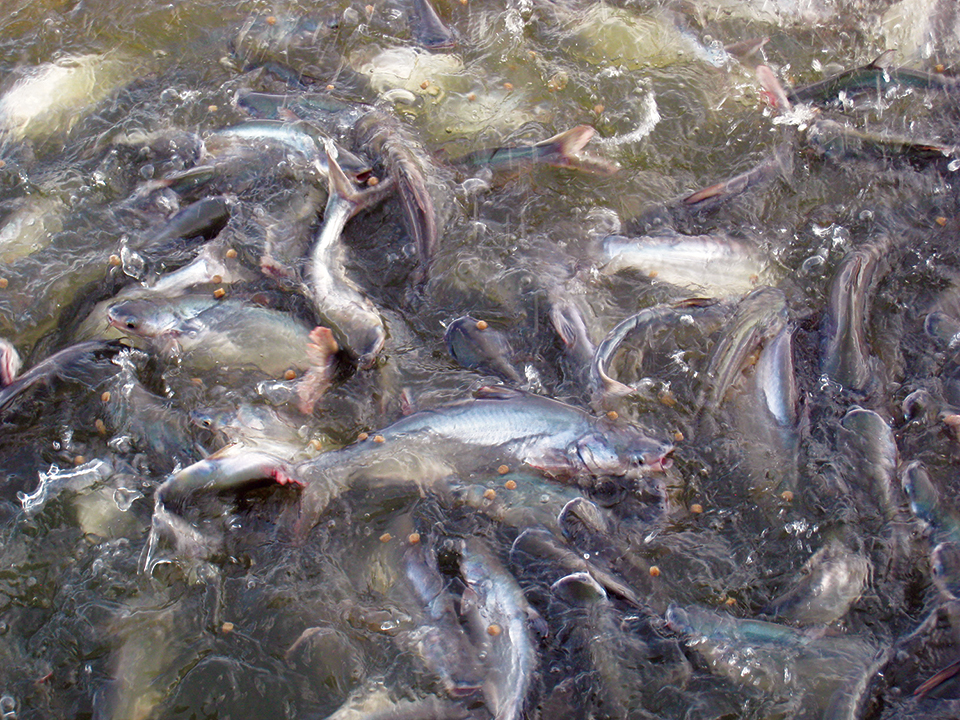
Health & Welfare
Amino acid supplementation reduces protein levels in pangasius diets
Trials show that supplementation with amino acids could reduce protein levels from a typical 28 percent to 23 percent in pangasius diets.
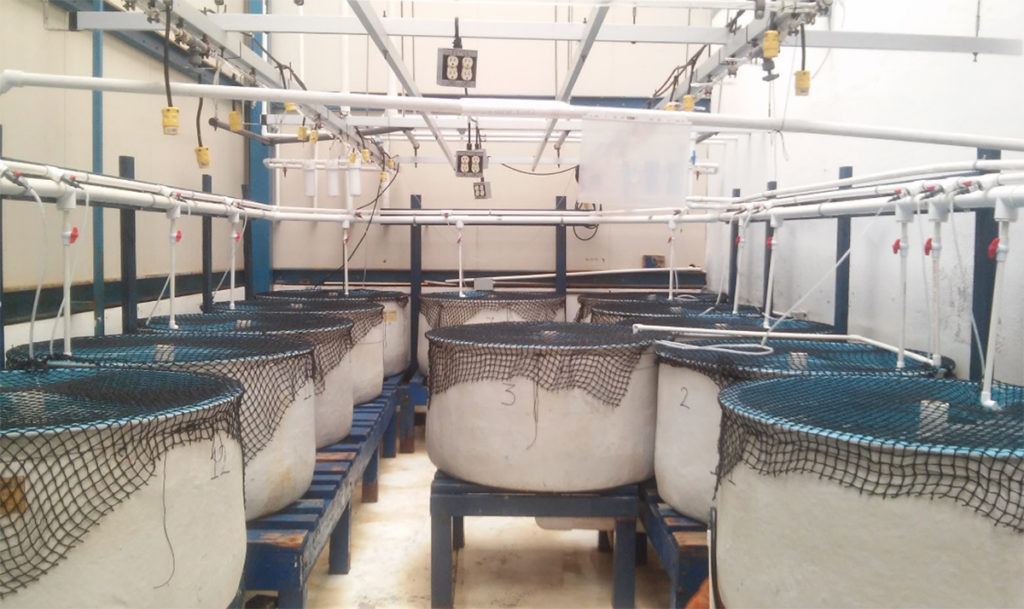
Health & Welfare
Enteritis induction by soybean meal in totoaba diets
This study investigated the effects of increasing levels of dietary soybean meal (SBM) with constant taurine supply in the induction of enteritis in juvenile totoaba.
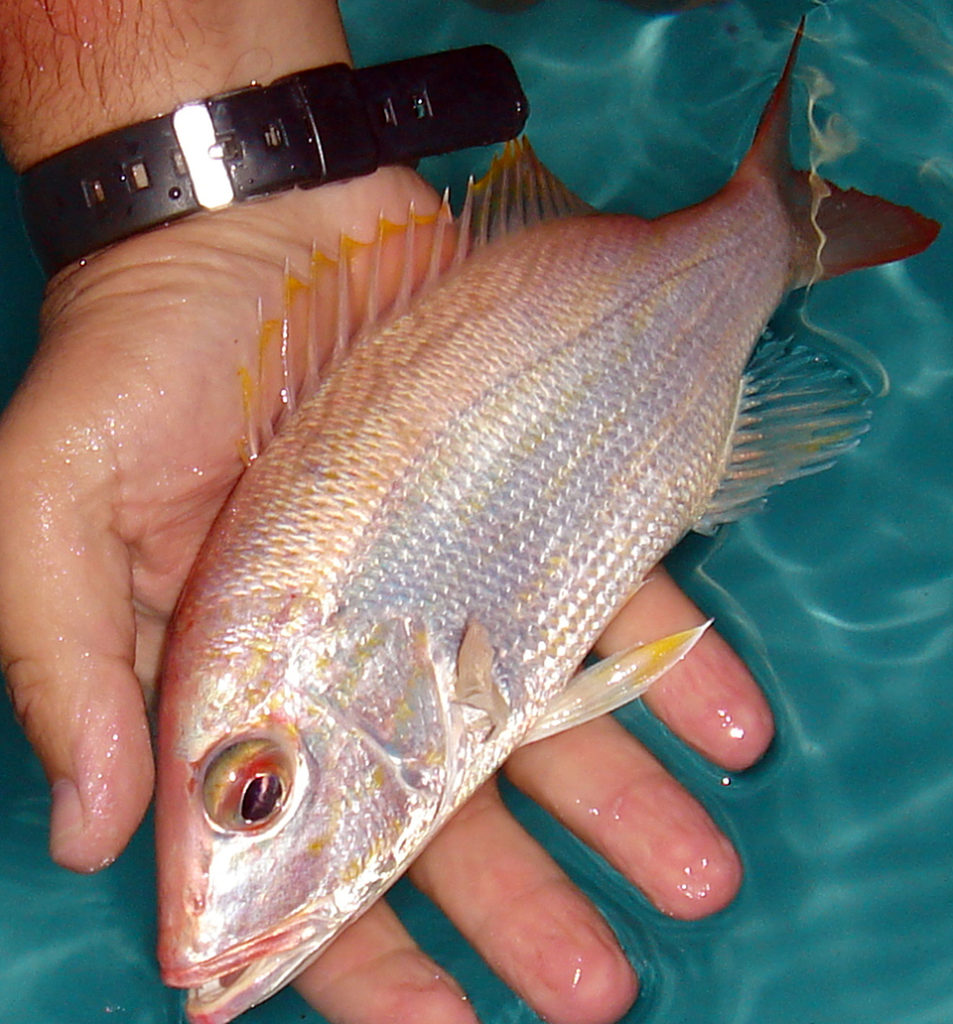
Aquafeeds
Mutton snappers grow well on plant-based diets
A study in Brazil indicated that mutton snappers, a high-value species that readily accepts artificial food, can grow well on diets containing high-quality plant proteins such as soy protein concentrate.
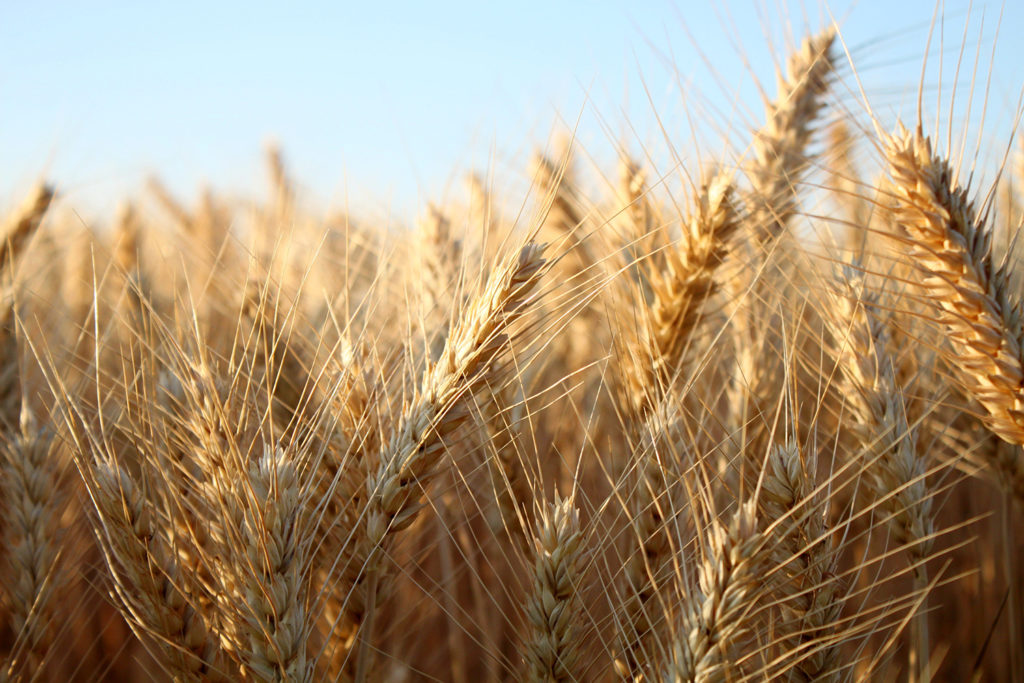
Aquafeeds
Montana firm putting barley on the alternative feed ingredient menu
Aquafeed manufacturers around the world seeking alternatives to fishmeal may soon be able to turn to an abundant and underutilized crop: barley.


